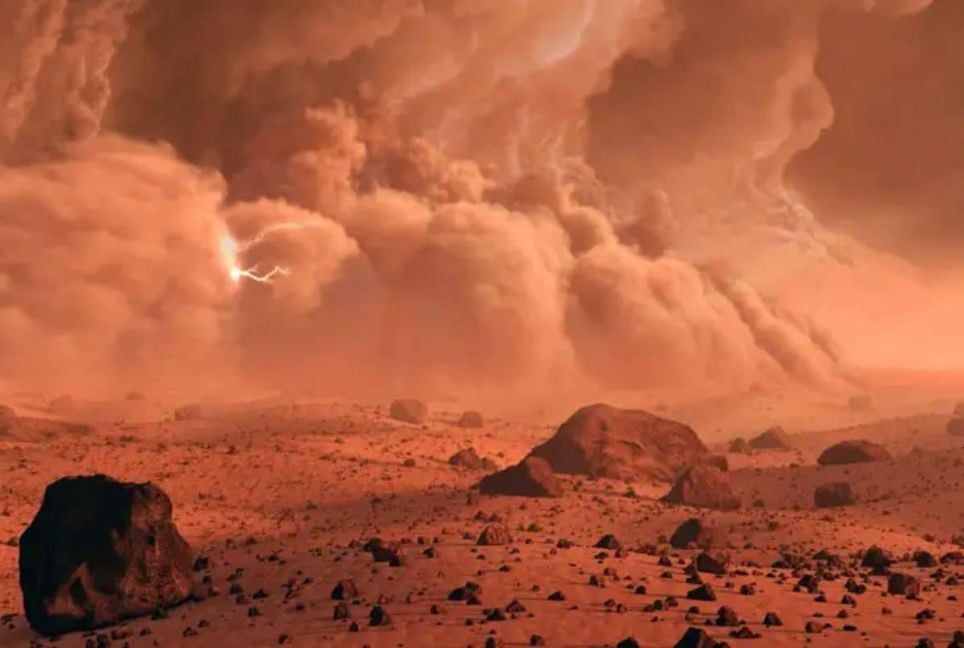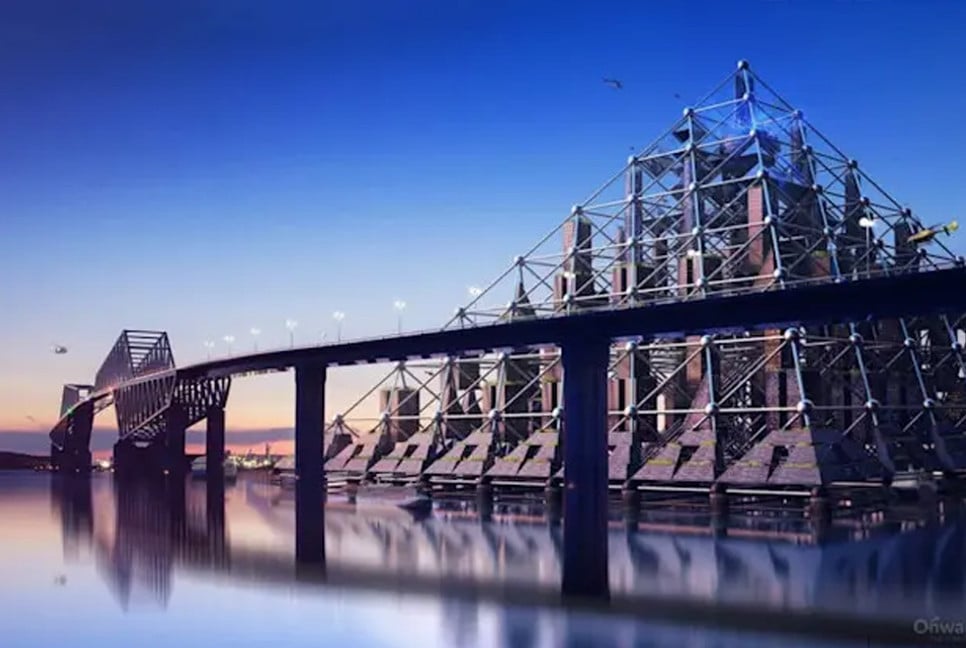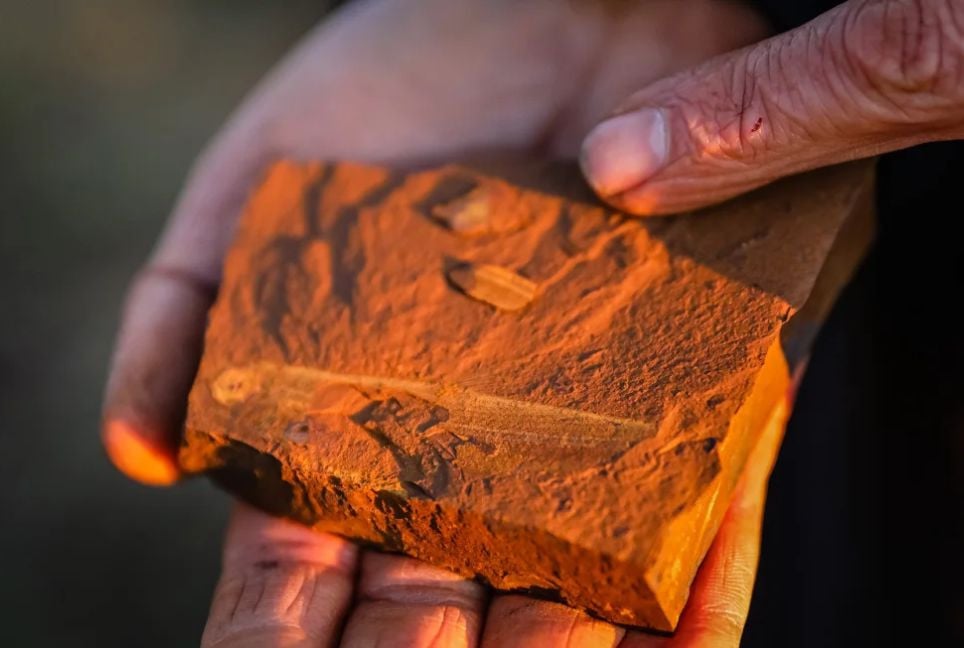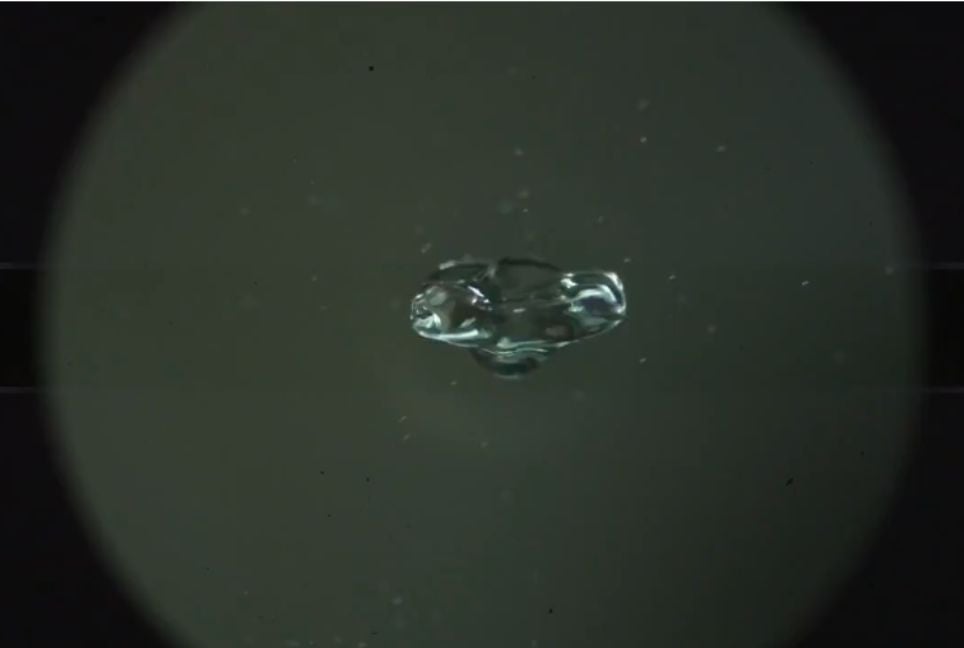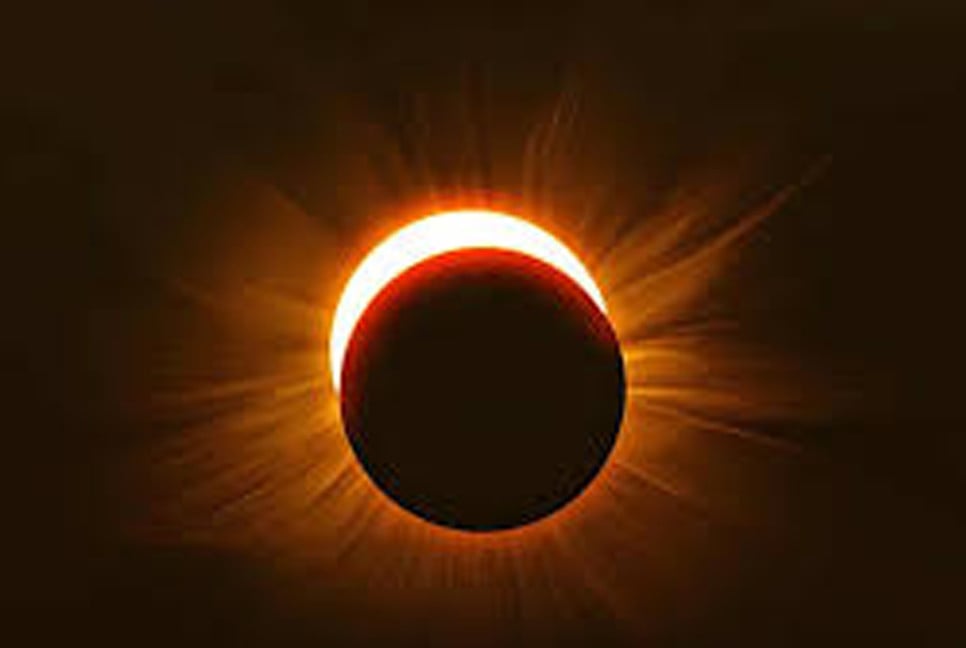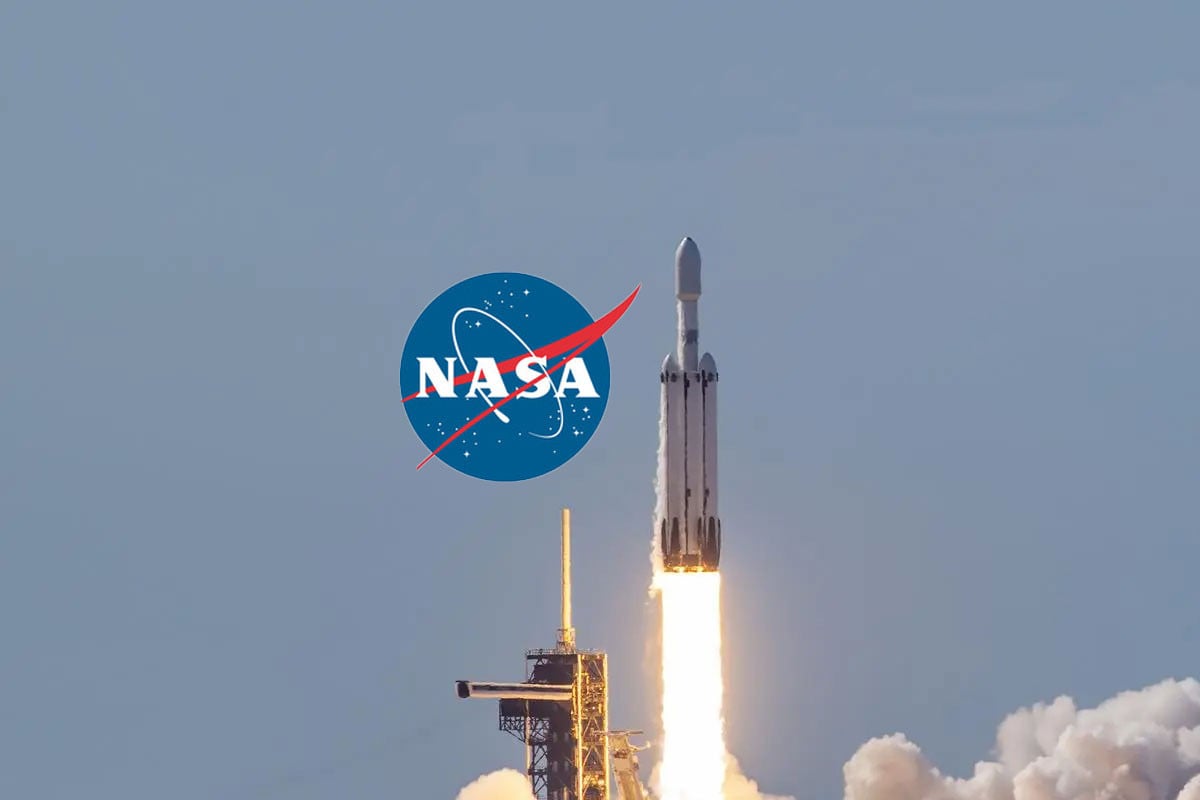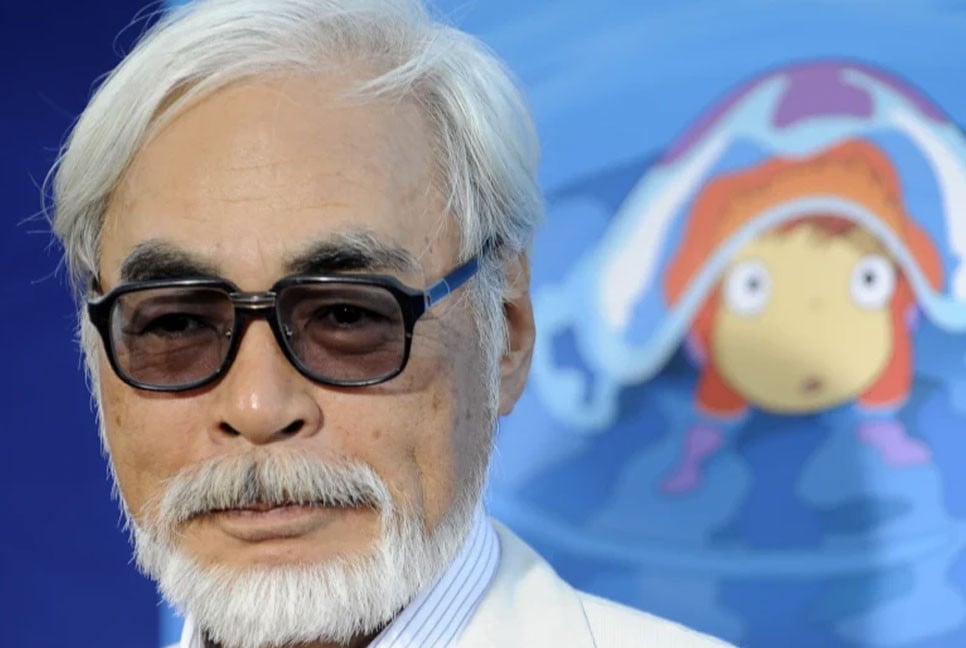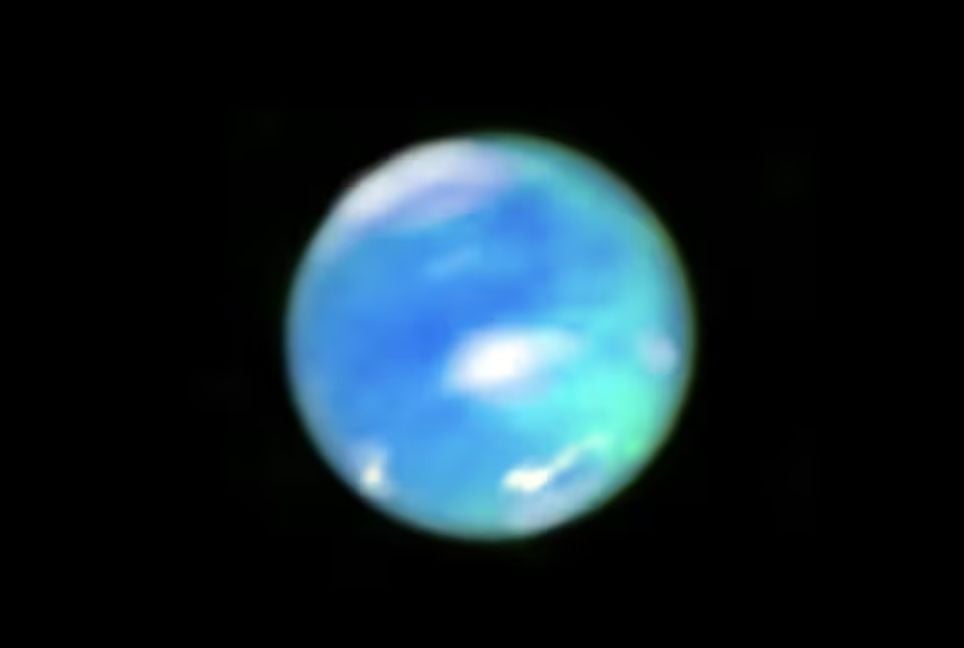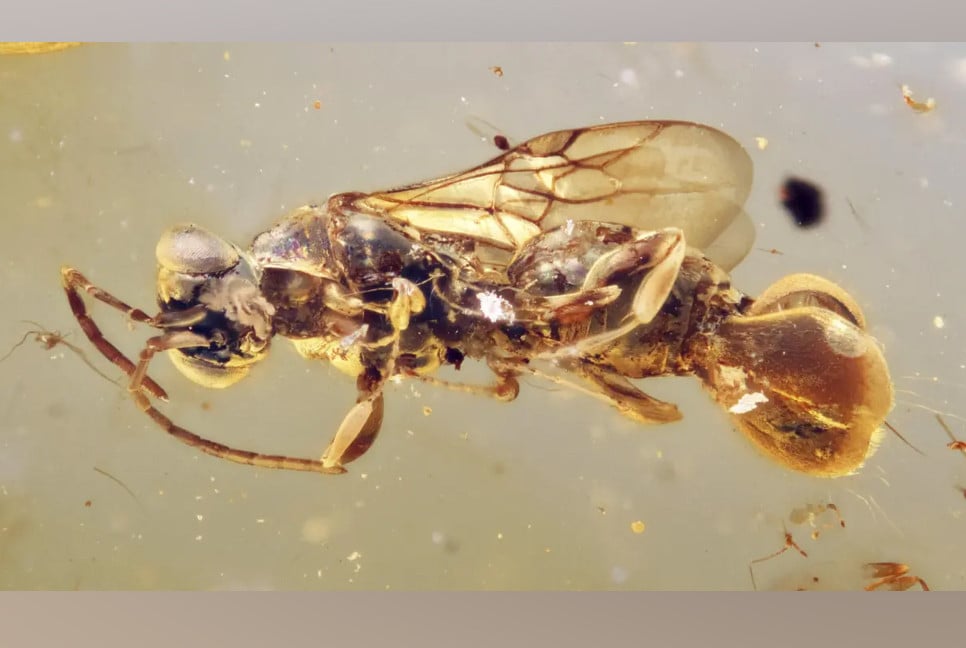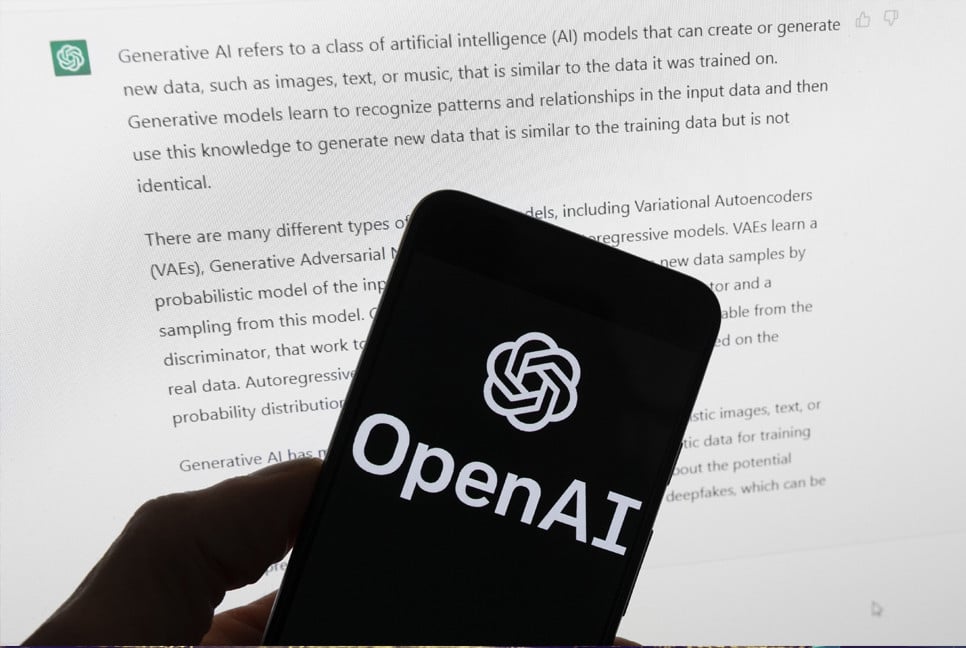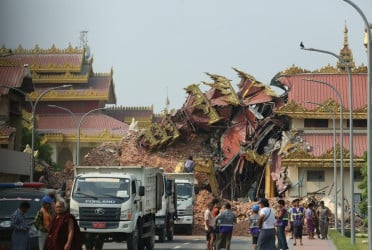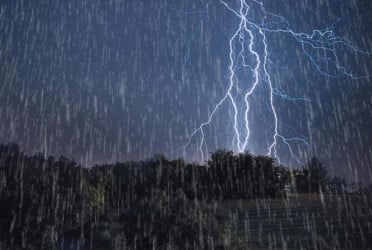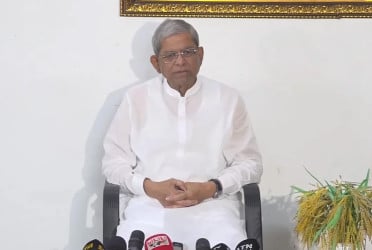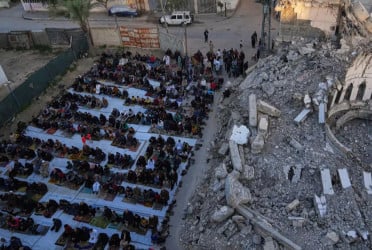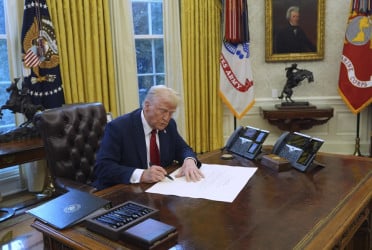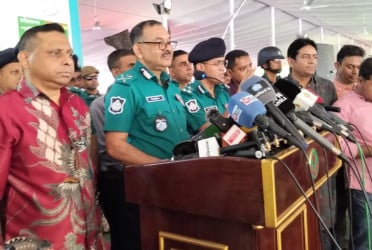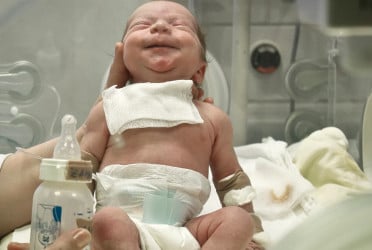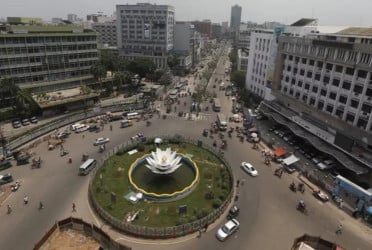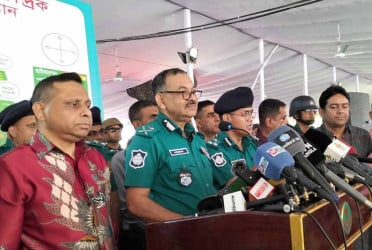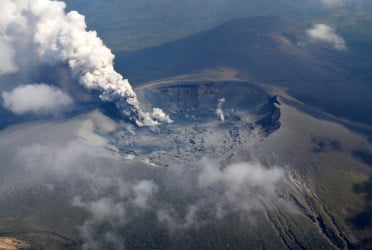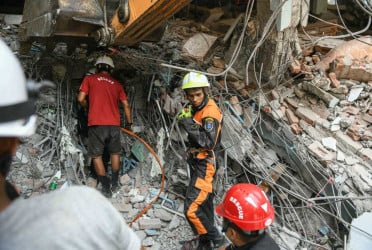Toxic dust on Mars could pose significant health risks for astronauts, requiring extensive countermeasures, according to a study published in GeoHealth. The dust, containing silica, gypsum, perchlorates, and nanophase iron oxides, could cause lung disease, thyroid dysfunction, and anemia if inhaled.
Justin Wang, a medical student at USC and study co-author, warned that the fine dust could remain in astronauts' lungs and enter the bloodstream. Combined with radiation exposure, this increases the risk of pulmonary fibrosis.
Perchlorates, found in Martian soil, could further harm astronauts by disrupting thyroid function and blood cell production.
To mitigate exposure, researchers recommend dust filtration, cabin cleaning, and electrostatic repulsion devices. Despite the risks, Wang remains optimistic, stating that proper precautions could make Mars missions feasible.
Beyond human health, Martian dust could also compromise spacecraft, vehicles, and solar panels, as frequent storms coat surfaces in thick layers of dust. Professor Brian Hynek from the University of Boulder emphasized that constant maintenance will be necessary to keep equipment functional. Previous Mars rovers have suffered mission failures due to excessive dust accumulation on solar panels.
Julia Cartwright, a space researcher at the University of Leicester, compared Martian dust to asbestos, noting that its sharp, jagged particles make it more hazardous than Earth’s dust. These particles could cause severe lung irritation if inhaled, making air filtration systems essential. However, ensuring a steady supply of replacement filters would be a logistical challenge for long-term missions.
Imperial College London’s Professor Jonathan Eastwood stressed the need for on-site medical capabilities since immediate evacuation to Earth would be impossible. Natalya Zavina-James from the UK Space Agency highlighted the ethical concerns of sending humans to Mars without proper health safeguards.
The study underscores that tackling Martian dust hazards will require interdisciplinary solutions across medicine, engineering, and space sciences to ensure astronaut safety on future missions.
Source: CNN
Bd-pratidin English/FNC

